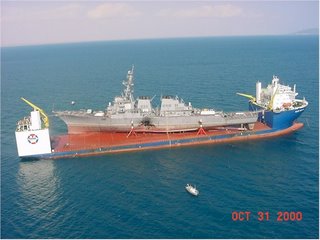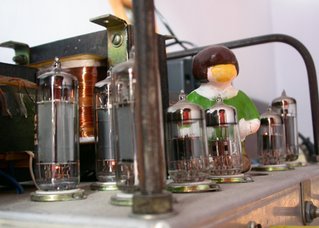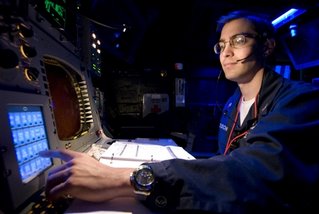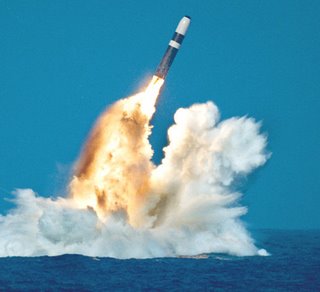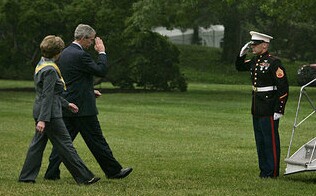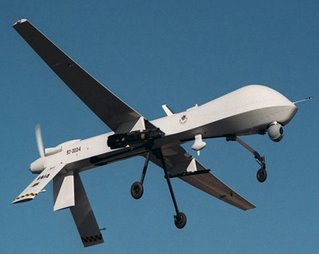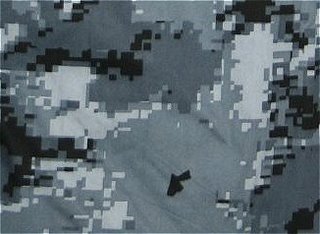
Posted by John Keller
I never thought I'd see it -- an airframe of European design as the primary airborne refueler for U.S. Air Force combat aircraft.
Still, that's exactly what we're about to see after Northrop Grumman Corp. won a potential $40 billion contract to build 179 KC-45A tankers to replace the venerable KC-135s that have been in service for decades. The contract starts with $1.5 billion for four aircraft.
This has to be a bitter pill for Boeing to swallow. Boeing HATES Airbus the way Hillary Clinton hates Barack Obama, only worse, and Boeing's hate has been finely aged over decades. During my days as a Washington reporter I remember the quickest way for me to tick-off a Boeing company spokesman was to ask a press conference question about "our friends at Airbus."
The KC-135 is based on the old Boeing 707 jetliner, while Northrop Grumman's KC-45A is based on the Airbus A330 airframe. Boeing's failed entry in the lucrative tanker sweepstakes was based on the company's 767 airframe.
The Air Force will continue to operate the larger KC-10 Extender airborne refueler, but remember, that airframe is not even a Boeing original. Even though Boeing controls this airframe, the KC-10 is based on the old DC-10 airliner, which was designed by McDonnell Douglas before Boeing acquired that company.
This contract award to Northrop Grumman and the Airbus-based new tanker certainly knocks Boeing down a peg at the same time Boeing had been riding high in its continuing competition with Airbus for worldwide commercial jet orders.
Boeing had been smart enough to read the writing on the wall that airlines throughout the world were shifting to small, fast, and fuel-efficient jetliners instead of the super-huge aircraft like Boeing's own 747.
As a result, Boeing looked to the 787 Dreamliner as its future commercial aircraft success, while Airbus was stuck in jumbo-jet mode with its A380 -- a behemoth that's behind schedule and that is forcing airport alterations around the world to accommodate its huge size; the thing is too big for many existing terminals.
Yet today's nose-thumbing belongs to Airbus and to Northrop Grumman. I can't wait to see what Boeing's response is going to be.
